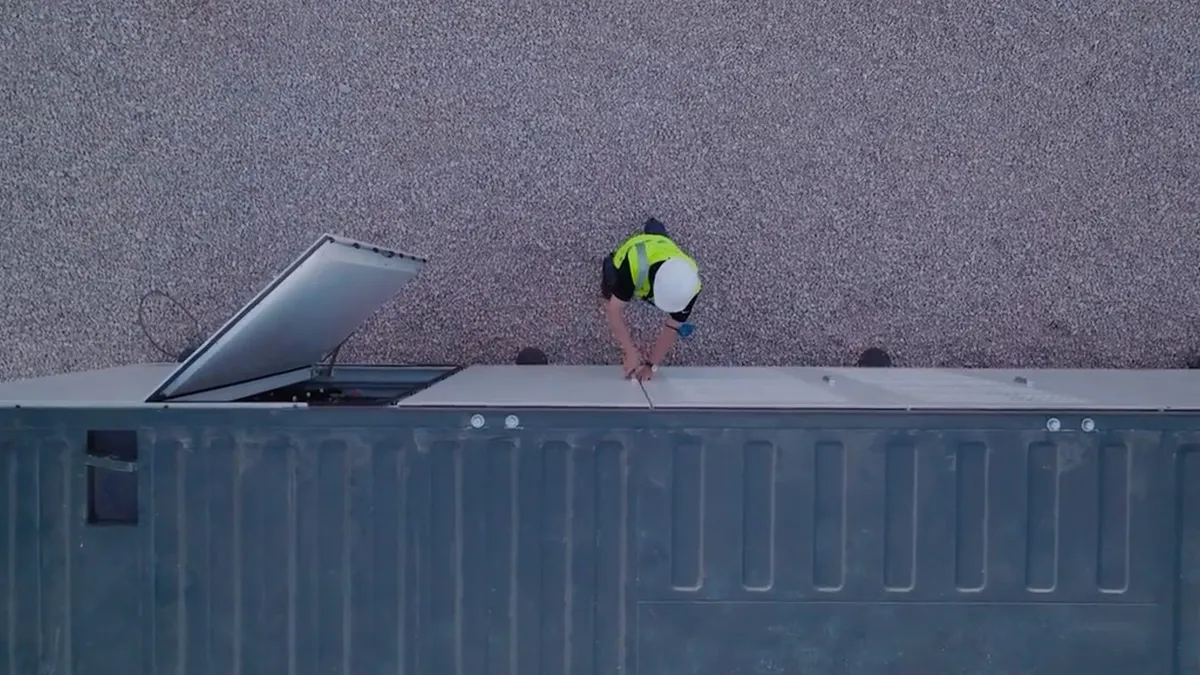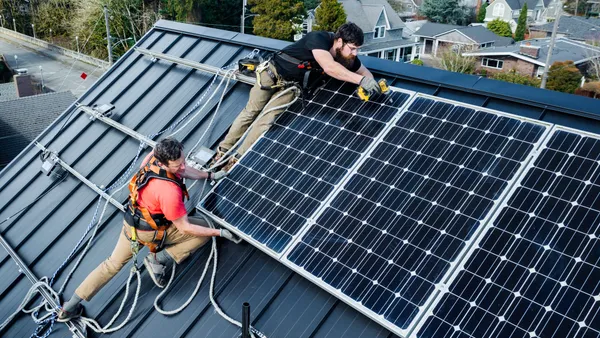Developers in the U.S. added more than 1,200 MW of large-scale battery power storage capacity in the third quarter, tripling year-ago levels, according to a report released Wednesday by S&P Global Market Intelligence.
Following months of project delays caused by the pandemic, total non-hydro storage resources now stand at about 9,200 MW.
As of early November, 3,300 MW of new large-scale storage were completed this year, “on par with last year's record volume,” the report said. “The industry appears poised for another year of rapid growth,” it said.
Additions planned between 2023 and 2025 stand at 46 GW, up from 31 GW in June. “Overall, the near-term development pipeline keeps surging,” the report said.
Eighteen projects were completed in the third quarter. Most of the battery facilities are designed to provide between one and four hours of energy storage, S&P Global Market Intelligence said.
Supply chain bottlenecks have forced companies to scale back. Planned additions as of Nov. 7 were down 2 GW from six months earlier, to nearly 8 GW, the report said. In addition, developers might slow projects in anticipation of next year’s tax incentives in the federal Inflation Reduction Act, S&P Global Market Intelligence said.
Texas, California and Nevada lead the U.S. in planned large utility-scale energy storage resources. Most planned development through 2028 is in Texas, with 23,600 MW, up from about 15,000 MW six months ago.
Developers have 12,700 MW planned in California. And Nevada's pipeline stands at 5,664 MW, with 388 MW in operation.














